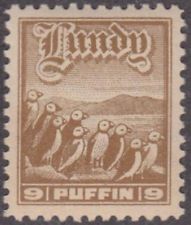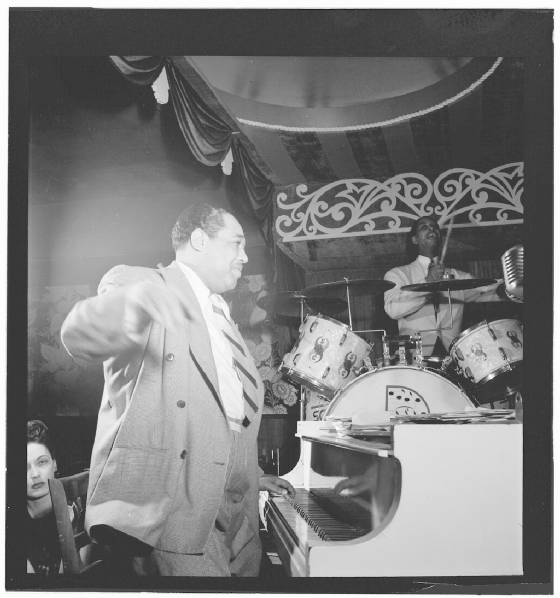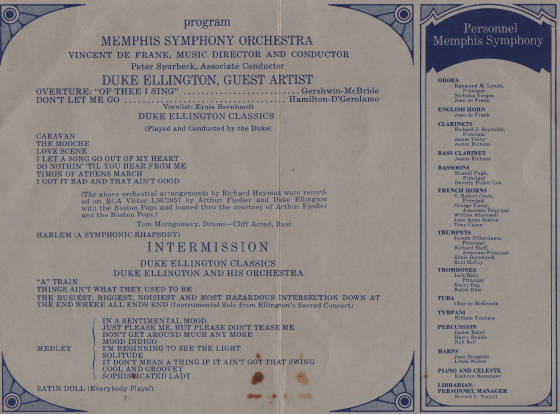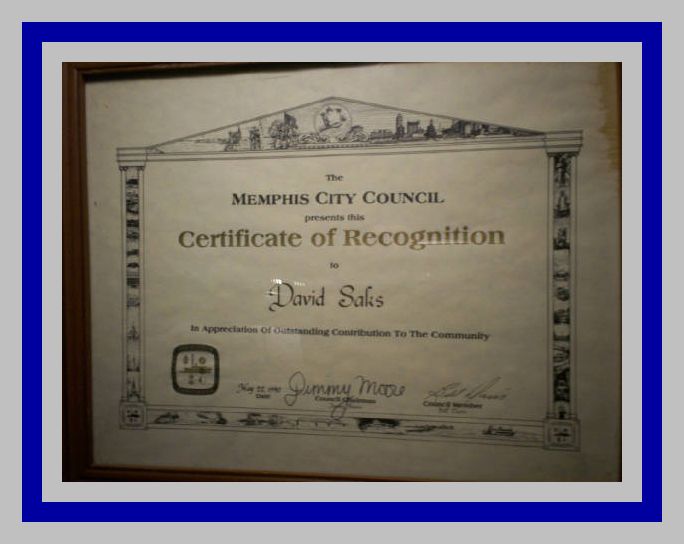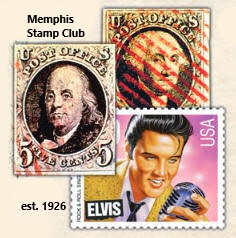 |
Translated In 100+ Languages

Featured Music "Rhapsody In Blue"
by George Gershwin David Saks - Piano
How To Collect Stamps
Spice Up Your Letter
Only Valid For Dreaming
|
|
Tuesday, April 29, 2025
Happy Birthday, "Duke" Ellington !Today is Edward Kennedy "Duke" Ellington's
Birthday ! b.April
29th 1899 - d.May 24th 1974
Portrait
of Duke Ellington and Sonny Greer Aquarium, New York, N.Y., ca. Nov. 1946 (LOC)
Photo: William P., Gottlieb I know many of my you have seen this, but here are a couple of photos
of my program from "Duke" Ellington's Concert in Memphis. I was there. A night that changed my life.
Duke was
here the same year that I began to host my own musical program on WTGR, Tiger Radio at Memphis State University, now the University
of Memphis, in 1969. WTGR became WUMR FM92 all jazz radio (University of Memphis Radio). I was there for 5o years.
After the
concert, I was invited to visit with Duke and the band backstage, an incredible, unforgettable honor for me. 
Memphis Symphony Orchestra conductor
Vincent De Frank introduced me to Duke. I remember Duke shaking my hand and saying, "How ya' doin', David ?" I was
speechless and couldn't believe that I was standing there with Duke
Ellington and kind of said, "Gosh"! I stood next to Duke and held my breath as he signed my program in the center between his name and his illustration. Johnny Hodges, Duke's alto sax player, signed it on the right side over
the illustration of Duke's cheek, and Rufus "Speedy" Jones, Duke's drummer, just below Johnny's signature.
I'm not certain whose signature appears just above Duke's, but it looks like that
of the late, great Peter Spurbeck. Peter was the associate conductor of the Memphis Symphony at the time, a fine cellist,
long-time faculty member of U of M, and one of my music theory professors, along with Professor Raymond Lynch, at the time
when I studied jazz piano with Dr.Tom Ferguson in 1971 (I baby sat for Dr.Ferguson and his wife once). You might recall that
Peter's nickname was "Papa Cello" if you were around then. By the way, Peter played for the dedication and grand
opening of the Germantown Performing Arts Center with cellist Yo-Yo Ma.
Happy
Birthday, Duke ! I
thank God for you, and that, for a moment in time, you shook my hand, and I stood next to you. Your music will live forever. -David-
Saturday, April 19, 2025
Stamps Commemorating Toilets And Toilet Paper 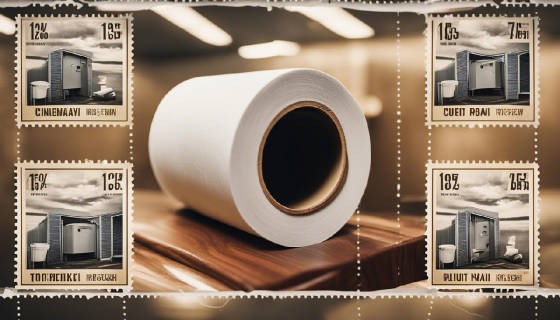 Souvenir Sheet Commemorating The Invention
Of Perforated Toilet Paper The
use of toilet paper dates back as early as c. 589
when the scholar-official Yan Zhitui (531–591) wrote: "Paper on which there are quotations or commentaries from the Five Classics (text of
Confucious) or the names of sages, I dare not use for toilet purposes." Joseph Gayetty is widely credited with being the inventor of modern commercially
available toilet paper in the United States. Gayetty's paper, first introduced in 1857, was available as late as the 1920s.
Gayetty's Medicated Paper was sold in packages of flat sheets, watermarked with the inventor's name. Original advertisements
for the product used the tagline "The greatest necessity of the age! Gayetty's medicated paper for the water-closet".
Seth Wheeler of Albany, New York, obtained the earliest United States patents
for toilet paper and dispensers, the types of which eventually were in common use in that country, in 1883. Toilet paper dispensed
from rolls was popularized when the Scott Paper Company began marketing it in 1890. 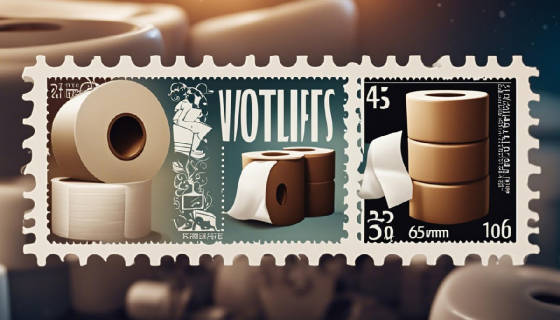
The fourth millennium BC would witness the invention
of clay pipes, sewers, and toilets, in Mesopotamia, with the city of Uruk today exhibiting the earliest known internal pit
toilet, from c. 3200 BC. The Neolithic village of Skara Brae contains examples, c. 3000 BC, of internal small
rooms over a communal drain, rather than pit. The Indus Valley Civilisation in northwestern India and Pakistan was home to
the world's first known urban sanitation systems. In Mohenjo-Daro (c. 2800 BC), toilets were built into the outer walls
of homes.[citation needed] These toilets had vertical chutes, via which waste was disposed of into cesspits or street drains.
In the Indus city of Lothal (c. 2350 BC), houses belonging to the upper class had private toilets connected to a covered
sewer network constructed of brickwork held together with a gypsum-based mortar that emptied either into the surrounding water
bodies or alternatively into cesspits, the latter of which were regularly emptied and cleaned. 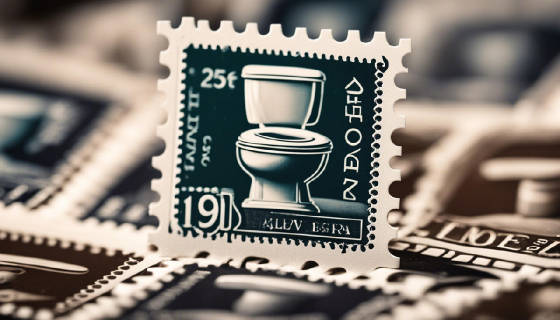
Other very early toilets that used flowing water
to remove the waste are found at Skara Brae in Orkney, Scotland, which was occupied from about 3100 BC until 2500 BC. Some
of the houses there have a drain running directly beneath them, and some of these had a cubicle over the drain. Around the
18th century BC, toilets started to appear in Minoan Crete, Pharaonic Egypt, and ancient Persia. 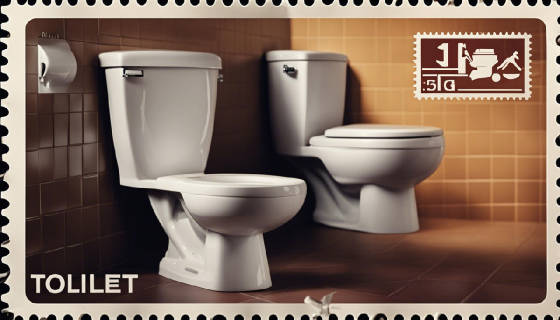 In 2012, archaeologists found what is believed
to be Southeast Asia's earliest latrine during the excavation of a Neolithic village in the Rạch Núi archaeological
site [vi], southern Vietnam. The toilet, dating back 1500 BC, yielded important clues about early Southeast Asian society.
More than 30 coprolites, containing fish and shattered animal bones, provided information on the diet of humans and dogs,
and on the types of parasites each had to contend with. 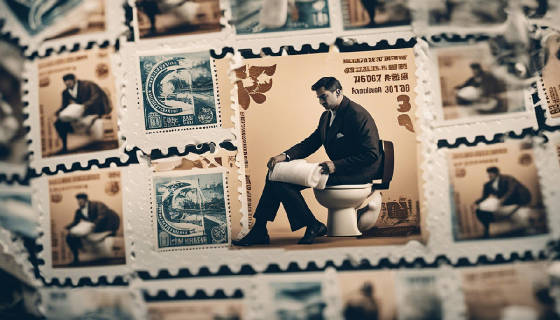
In Sri Lanka, the techniques of the construction
of toilets and lavatories developed over several stages. A highly developed stage in this process is discernible in the constructions
at the Abhayagiri complex in Anuradhapura where toilets and baths dating back to 2nd century BC to 3rd century CE are known,
later forms of toilets from 5th century CE to 13th century CE in Polonnaruwa and Anuradhapura had elaborate decorative motifs
carved around the toilets. Several types of toilets were developed; these include lavatories with ring-well pits, underground
terracotta pipes that lead to septic pits, urinary pits with large bottomless clay pots of decreasing size placed one above
the other. These pots under urinals contained "sand, lime and charcoal" through which urine filtered down to the
earth in a somewhat purified form. 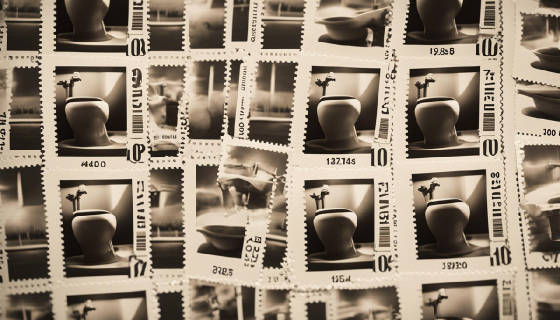
In Roman civilization, latrines using flowing water
were sometimes part of public bath houses. Roman latrines, like the ones pictured here, are commonly thought to have been
used in the sitting position. The Roman toilets were probably elevated to raise them above open sewers which were periodically
"flushed" with flowing water, rather than elevated for sitting. Romans and Greeks also used chamber pots, which
they brought to meals and drinking sessions. Johan J. Mattelaer said, "Plinius has described how there were large receptacles
in the streets of cities such as Rome and Pompeii into which chamber pots of urine were emptied. The urine was then collected
by fullers." (Fulling was a vital step in textile manufacture.) 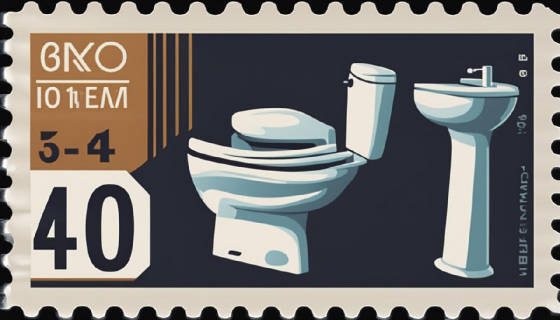
Toilet Nouveau-Riche 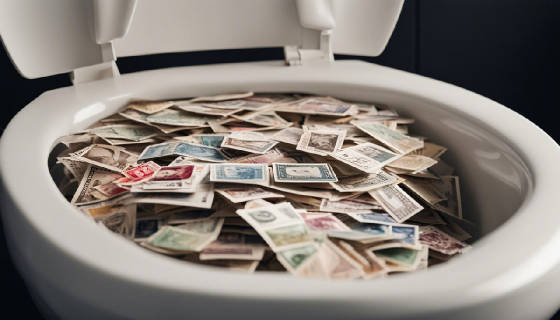
Worthless Stamps
Monday, April 14, 2025
Happy "International Puffin Day" - April 24th !Today is "International Puffin Day" ! 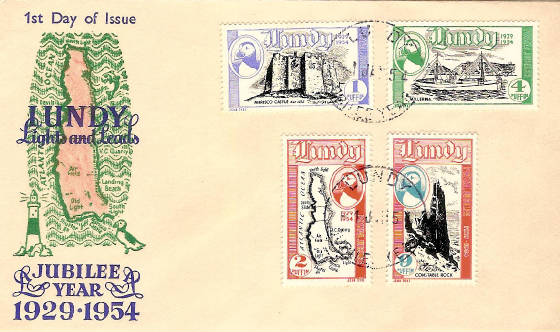
I've been collecting the stamps of Lundy Island since the age
of seven. 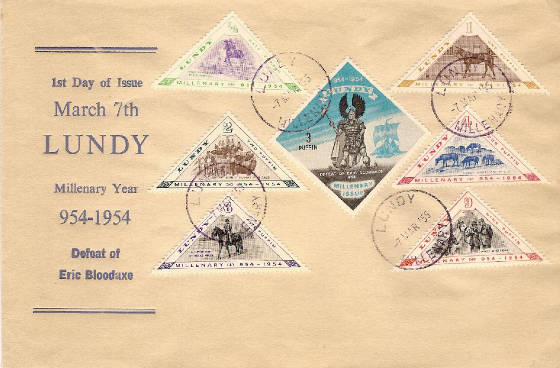
I hope to visit Lundy one day. 
Happy "International Puffin Day" to all !
|
|
For the next few weeks I'll be talking
about the first day covers of ArtCraft along with everything else. ArtCraft closed it's doors recently after 76 years of making philatelic history. I'm predicting a sudden, salubrious escalation in the value
of the ArtCraft cachet, all ArtCraft first day covers and ArtCraft portrait cards.
Including those connected to the Postal Commemorative Society Their departure signals the end of an extraordinarily crucial,
very important, highly significant and exceedingly meaningful period in philately A mournful signal which will be heard around the world and
lamented throughout the multitude of collectors Leo
and Sam August treasured their associations with the world's greatest philatelists Leo's contributions to our hobby were significant enough
to earn the coveted Luft Award and a place in the American Philatelic Society Hall of Fame. ArtCraft has well-earned it's place in the great chronological
record in the history of philately. Their
raised ink, line-engraved intaglio printed cachets rank among the most aesthetic in the world.
ArtCraft cachets are not just beautiful.
They are works
of art that showcase the wonders of the world and illuminate the powers of human creativity and ingenuity.
The Coober Pedy Cover
One of the World's Great Philatelic Rarities 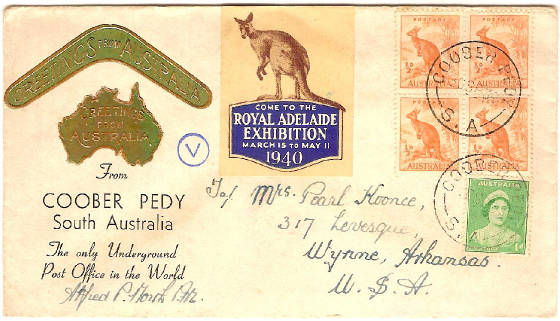
Could this become la pièce
de résistance de toute la modern Australian philatélie ? Coober Pedy is a town in northern South Australia. The town is sometimes referred to as the "opal
capital of the world" because of the quantity of precious opals that are mined there. Coober Pedy is renowned for its
below-ground residences,called "dugouts", which are built in this fashion due to the scorching daytime heat.
The name "Coober Pedy" comes from the local Aboriginal term kupa-piti, which means "white man's hole".
Opal was found in Coober Pedy on 1 February 1915; since then the town has been supplying most of the world's gem-quality
opal. Coober Pedy today relies as much on tourism as the opal mining industry to provide the community with employment
and sustainability. Coober Pedy has over 70 opal fields and is the largest opal mining area in the world.
Coober
Pedy - no village, no buildings, no roads, just desert, mountains dotted with boulders. A bizarre lunar landscape, but
for opal seekers is the most exciting place on earth, where again every day is the true challenge, happiness and luck just
a shovel width apart and where life is defined by two words: winners and losers. Coober Pedy, grab your hat, throw it
into the air and where it lands start digging ! 
“The Scott
Numbers are the copyrighted property of Amos Press Inc., dba Scott Publishing Co. The marks Scott and Scott’s are Registered in the U.S. Patent and Trademark Office, and are trademarks of Amos Press, Inc. dba Scott Publishing Co. No
use may be made of these marks or of
material which is reprinted from a copyrighted publication
of Amos Press, Inc., without the express written permission of Amos Press, Inc., dba Scott Publishing Co., Sidney, Ohio 45365.”
|
|
|





